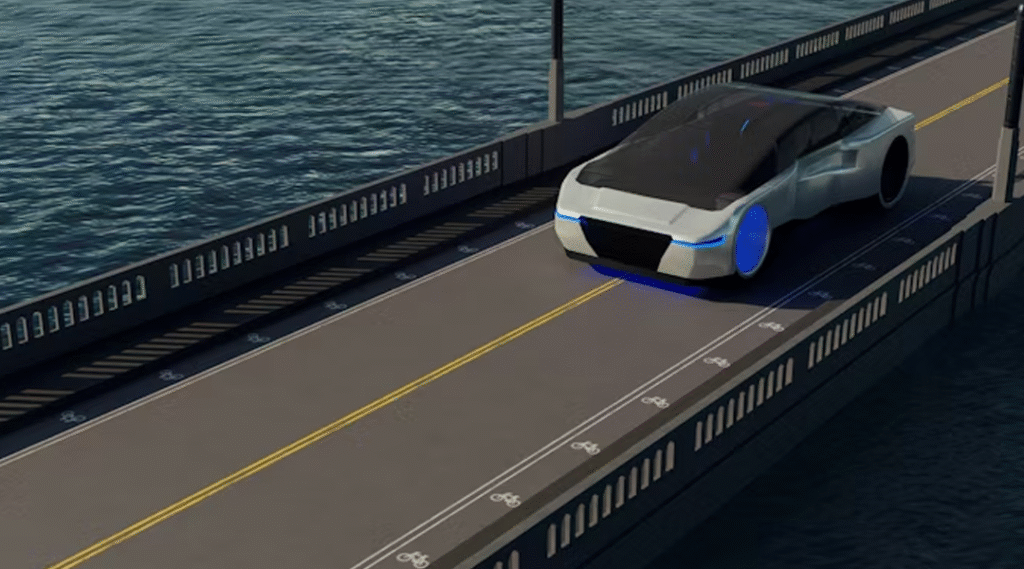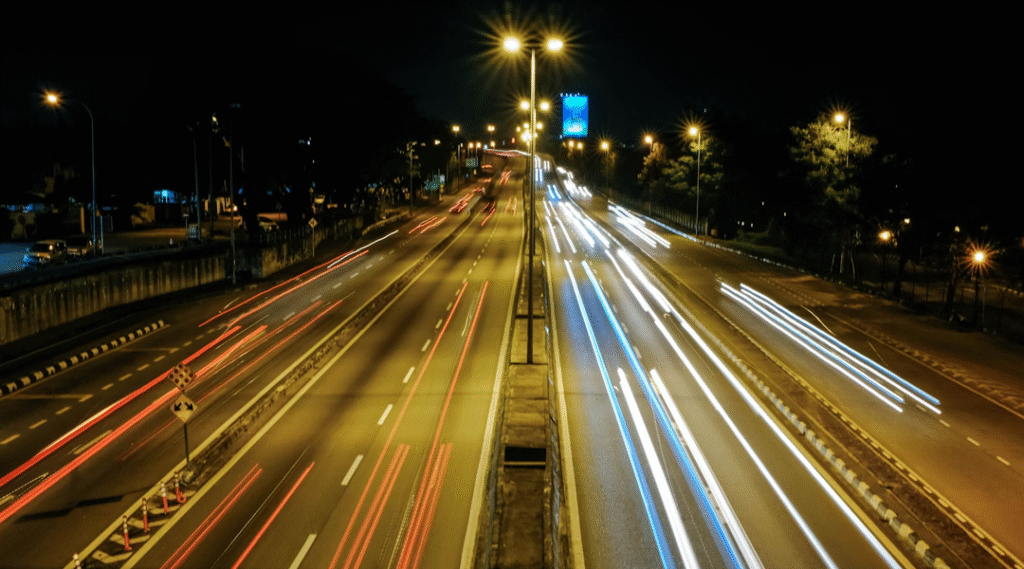As cities around the world grapple with growing congestion, carbon emissions, and road‑safety concerns, two transformative trends have emerged as cornerstones of urban mobility’s next chapter: smart traffic systems and autonomous vehicles (AVs). While each promises dramatic benefits when deployed independently, their true potential lies in seamless integration—a symbiotic relationship that could redefine transportation efficiency, accessibility, and safety.
1. How AVs and Smart Traffic Talk to Each Other
Vehicle-to-Everything (V2X) Communications
- V2I (Vehicle‑to‑Infrastructure): AVs exchange data with traffic signals, roadside units, and centralized traffic‑management platforms.
- V2V (Vehicle‑to‑Vehicle): Peer‑to‑peer messaging between AVs enables platooning, cooperative braking, and lane‑change coordination.
- V2P (Vehicle‑to‑Pedestrian): AVs detect and communicate with vulnerable road users via smartphone apps or wearable beacons.
By leveraging dedicated short‑range communications (DSRC) or 5G cellular networks, AVs receive real‑time updates on signal timing, congestion levels, and hazard warnings—while sending back their own position, speed, and route intentions.
2. Benefits of Integration
a. Optimized Traffic Flow
Smart traffic controllers adapt signal phases based on live AV telemetry:
- When several AVs approach an intersection, the signal can hold green longer to clear the queue.
- AVs can stagger their arrival to avoid platoons, smoothing flow and reducing stop‑and‑go cycling.
b. Enhanced Safety
- AVs receive instant alerts about red‑light run violations, enabling emergency braking before a collision.
- Pedestrian crosswalk signals linked to AV sensors reduce “surprise” interactions with jaywalkers.
c. Reduced Emissions & Energy Consumption
- Fewer idling stops and starts cut fuel use by up to 20%.
- Coordinated platooning minimizes aerodynamic drag for convoys of AV trucks on highways.
3. Technical Challenges
a. Latency and Reliability
- To maintain safety margins, V2X networks must guarantee end‑to‑end latency under 100 ms—demanding robust 5G coverage or specialized DSRC deployments.
b. Interoperability & Standards
- Multiple protocols (IEEE 802.11p, C-V2X, ETSI ITS-G5) risk fragmenting the ecosystem.
- Harmonizing standards across regions remains a bureaucratic hurdle.
c. Data Privacy & Security
- Continuous telemetry streams raise concerns about user tracking and unauthorized access.
- Cyber‑attack risks on V2X channels require end‑to‑end encryption and intrusion detection.
4. Pilot Programs & Case Studies
- Phoenix, Arizona (USA): The Arizona Department of Transportation’s “SmartCity PHX” project is testing AV shuttles on signalized corridors that adapt phases for connected vehicles.
- Wuxi, China: Joint trial by NXP and local authorities uses C-V2X links to coordinate AV buses and traffic‑light cycles, improving average speeds by 15%.
- Ann Arbor, Michigan (USA): Under the Mcity Test Facility, researchers simulate mixed traffic—human drivers and AVs—to optimize adaptive signal control strategies.
Each pilot underscores the iterative co‑development needed: AV algorithms learn from signal‑timing logic, while traffic controllers adjust logic based on AV behaviors.
5. Regulatory & Ethical Considerations
- Liability Frameworks: In a collision involving an AV running a green light adjusted by smart infrastructure, who bears responsibility—the AV developer, the city traffic agency, or the connectivity provider?
- Equity of Access: Prioritizing AVs in signal timing could disadvantage non‑autonomous vehicles and pedestrians unless policies ensure balanced benefits.
- Data Governance: Clear rules must stipulate which entities can collect, store, and monetize V2X data streams.
6. The Road Ahead: Toward Full Ecosystem Convergence
- Edge‑AI at the Intersection: Embedding AI models in roadside units will enable ultra‑low‑latency decisions—like dynamically rerouting AV platoons around incidents.
- Federated Learning for Traffic Optimization: AV fleets will train shared machine‑learning models on local congestion patterns without exposing raw trip data.
- Mobility‑as‑a‑Service (MaaS) Integration: AV ride‑hailing platforms will tap into city traffic data to offer real‑time pricing and route recommendations, smoothing demand spikes.
By the early 2030s, we can anticipate holistic urban mobility platforms where every trip—whether in an autonomous bus, ride‑hail car, or delivery drone—is choreographed in concert with traffic infrastructure.
Final Thoughts
The fusion of smart traffic systems and autonomous vehicles represents more than just technological advancement—it embodies a transformative vision of urban life. As city planners, technologists, and regulators work hand in hand, this symbiotic future promises not only faster, greener, and safer streets but also a more equitable and responsive transportation network that adapts to the needs of every traveler.
All articles on this special edition-SMART TRAFFIC:
(#1) What Is Smart Traffic? A Complete Beginner’s Guide
(#2) The Technologies Behind Smart Traffic: From IoT to AI
(#3) Reimagining Urban Roads: Smart Infrastructure in Action
(#4) How AI and Big Data Are Revolutionizing Traffic Management
(#5) Smart Traffic Meets Autonomous Vehicles: A Symbiotic Future
(#6) Smart Traffic Benefits and the Roadblocks Ahead
(#7) Global Smart Traffic Projects: Key Takeaways for Urban Mobility
(#8) Who’s Leading the Smart Traffic Revolution?
(#9) The Future of Smart Traffic: Key Trends for 2025 and Beyond
(#10)Building Ethical, Legal, and Secure Smart Traffic Systems
As for in-depth insight articles about AI tech, please visit our AI Tech Category here.
As for in-depth insight articles about Auto Tech, please visit our Auto Tech Category here.
As for in-depth insight articles about Smart IoT, please visit our Smart IoT Category here.
As for in-depth insight articles about Energy, please visit our Energy Category here.
If you want to save time for high-quality reading, please visit our Editors’ Pick here.



